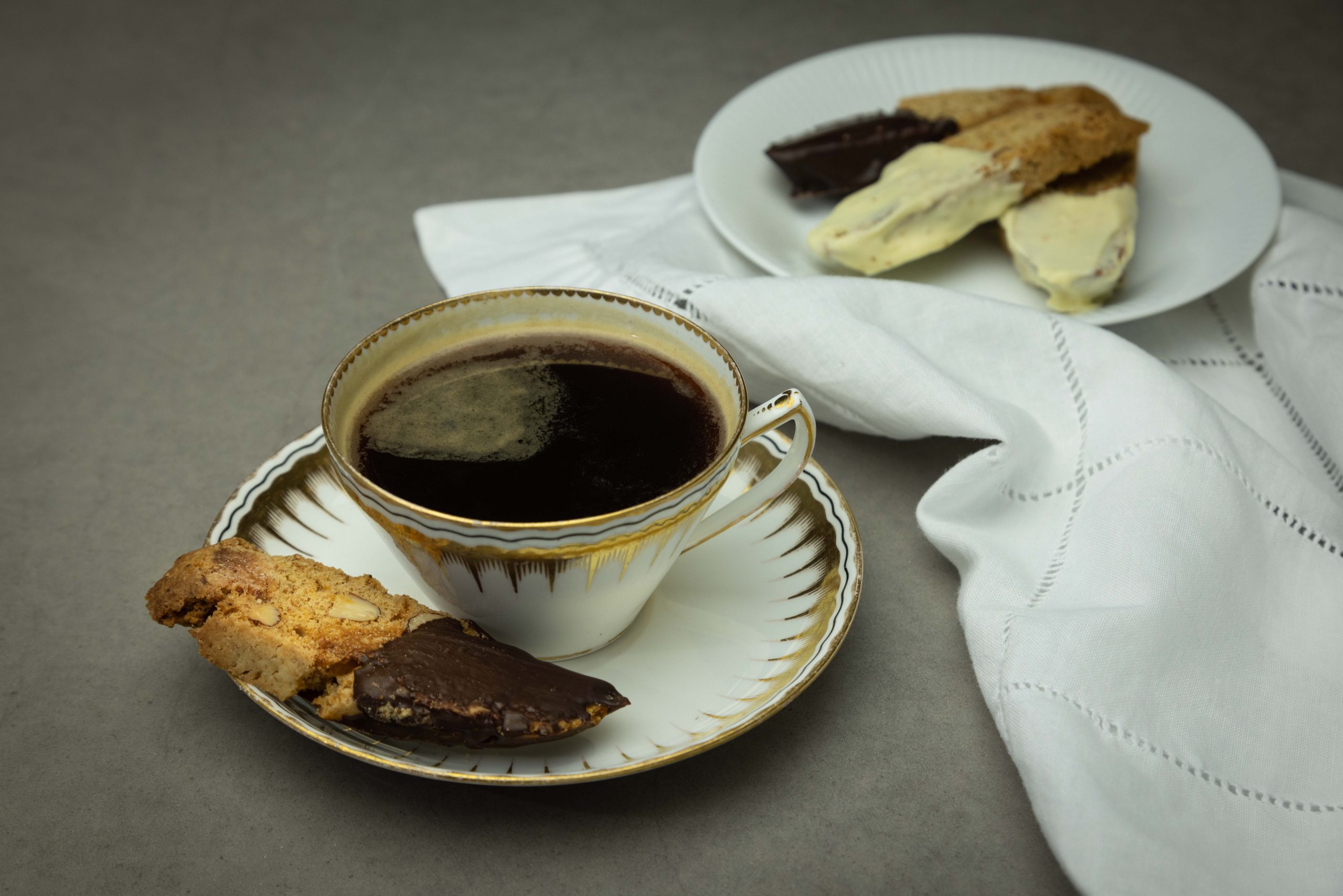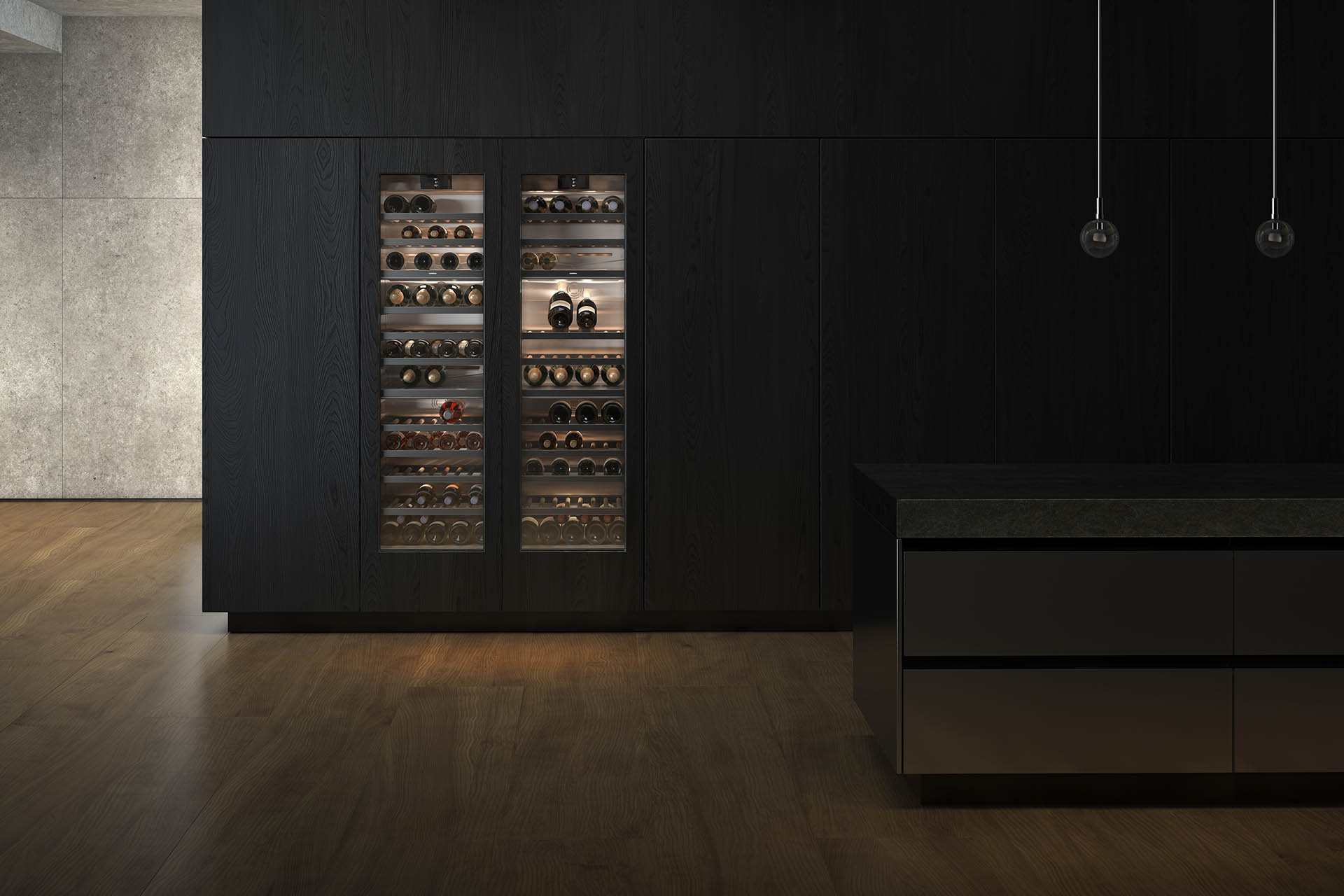
How A Wine Cabinet Changed My Life
Young NZ Sommelier Meg Abbott-Walker tells us where to store our wine, at what temperature and why.
Life changes frequently on the journey to becoming a wine collector. There are a number of phases: from the first dip of the toe when you want to impress your date or your boss, to the thrilling purchase of the occasional Icon wine or rare find (a so called “Unicorn” wine), to buying wine by the case and even possibly going as far as a thorough exploration of a particular grape or region.
Perhaps you’ve just started buying wine that needs age to reach its full potential or perhaps you’ve been amassing a collection for many years. But in most cases, it’s likely that you haven’t yet invested in the best place to keep those wines. No matter what stage you’re at, every wine lover will benefit by graduating from a collection of ramshackle boxes in the corner of the living room to a storage system perfectly suited for all those investment-worthy bottles – a wine fridge, or rather ‘wine climate cabinet’! I recently bought one and it changed my life.
But is it really necessary, you ask?
Yes! Firstly, for long-term wine storage. While great wine is often built to age, it’s a living thing and it’s sensitive – especially “Natural” wines. Those precious bottles won’t magically improve or become more complex over time without the right environment. Several things can affect your wine negatively while in storage.
Humidity: Wine climate cabinets create controlled humidity which maintains the condition of the corks in your wine bottles. This avoids oxygen seeping into the bottle in your regular fridge and drying out the corks.
Vibration: A high vibration level can affect the molecules in wine commonly resulting in decreased aromatics (among other flaws). Wine climate cabinets have low vibration motors which adds another layer of protection of your wine.
Temperature: Heat is one of the most common ways a bottle of wine will become faulty during storage. Even room temperature can be too hot, which causes the wine to lose freshness and balance and taste “cooked”. Temperature fluctuations can also be damaging so regulation is key.
For short term storage a good wine climate cabinet is also super helpful. Customisable temperatures mean you can serve your guests incredible wine at the best possible temperature and at a moment’s notice. No more frozen bottles of Champagne you forgot you left in the freezer! Remember: cold for Champagne & light whites (approx. 7-10°), chilled for full whites such as Chardonnay (approx. 10-13°), lightly chilled for aromatic reds such as Pinot Noir (13°) and a cool room temperature for fuller reds (approx. 15-18°). You can get wine climate cabinets that do multi zone storage temperatures like the Gaggenau RW466364 wine cabinet.
Finally, light: Another fault in wine can be caused by UV – exposure can cause a wine to become “lightstruck” which you want to avoid unless you like your wine tasting like cabbage and damp cardboard! Gentle lighting is essential.
Of the wine climate cabinets available in the market, the Gaggenau ones are my pick; they have a range of customisable features that effortlessly help you to combat any and all of these potential wine faults. They’re also beautiful enough to fit seamlessly into your kitchen with display features designed to showcase your collection! I had no idea what a difference storing my wine correctly would make, and I couldn’t be more thrilled that I decided to take the plunge!
I love wine labels and have always thought they’re too interesting to be behind closed doors. Great wine labels are eye-catching and carefully considered – from the grand yet traditional images on bottles of Bordeaux to the colourful labels by quirky designers and artists on bottles of Natural wine. Bringing your wine front and centre allows your guests to engage with you and your collection in a natural, non-intimidating way. Another great step in breaking through the mystery that surrounds fine wine – one of my biggest motivators!












